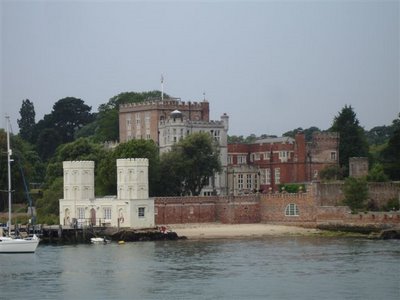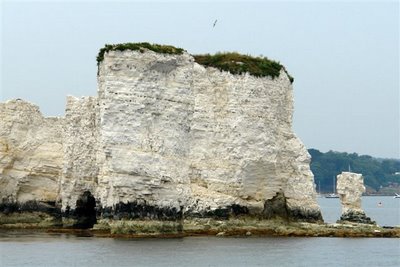Brownsea Island
I saw Brownsea Island in the summer from a boat trip. The trip started from Poole Harbour in Dorset to Swanage, via Old Harry Rocks. It was a beautifull sunny day and just the time to see some of the Jurassic Coast at its best.
Brownsea Island is the largest Island within Poole Harbour. It is a former hill above river valleys from when sea levels were lower than they are today. It seperated to become an island during flooding from the Flandrian Trangression after the Pleistocene Ice Age ... and Poole Harbour was formed
The Pleistocene is the most well known of the Earth's Ice Ages. The ice sheets once covered all of Antartica, along with large areas of Europe, North and South America, and smaller areas of Asia. The glaciation of the Pleistocene consisted of several glacial advances followed by interglacial phases when the ice retreated and a relatively mild climate prevailed. Carbon-14 dating of fossils indicates that the last glacial period ended around 11,000 years ago







